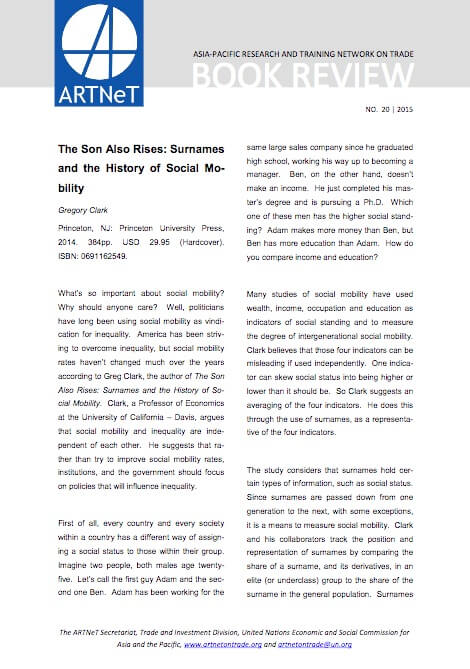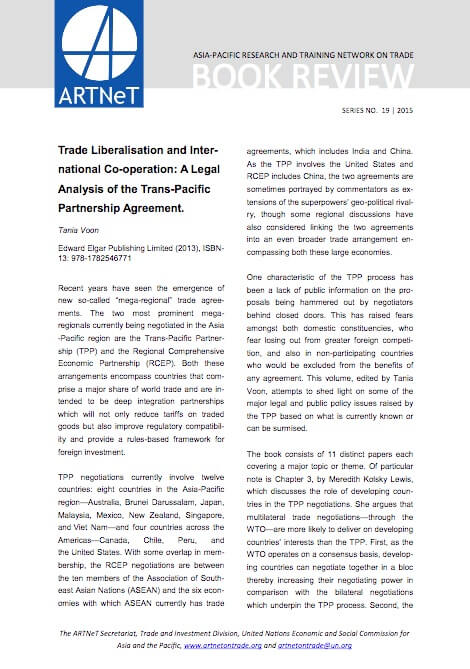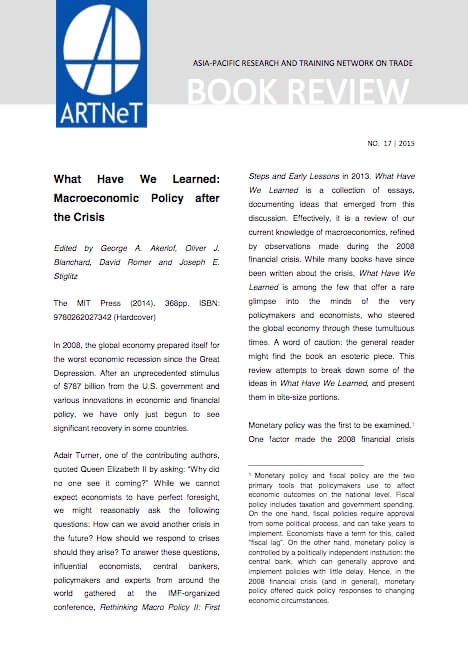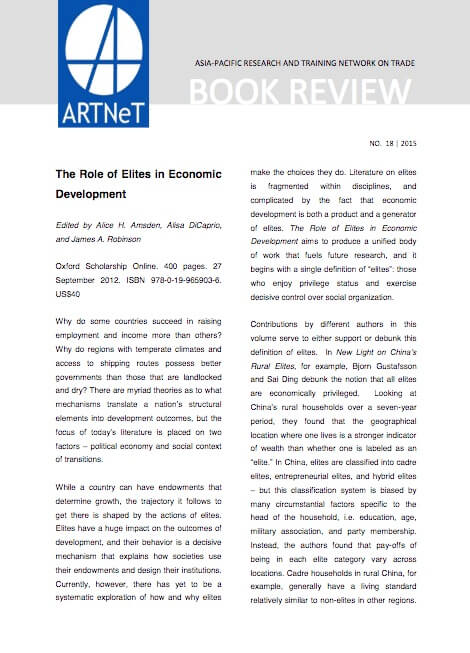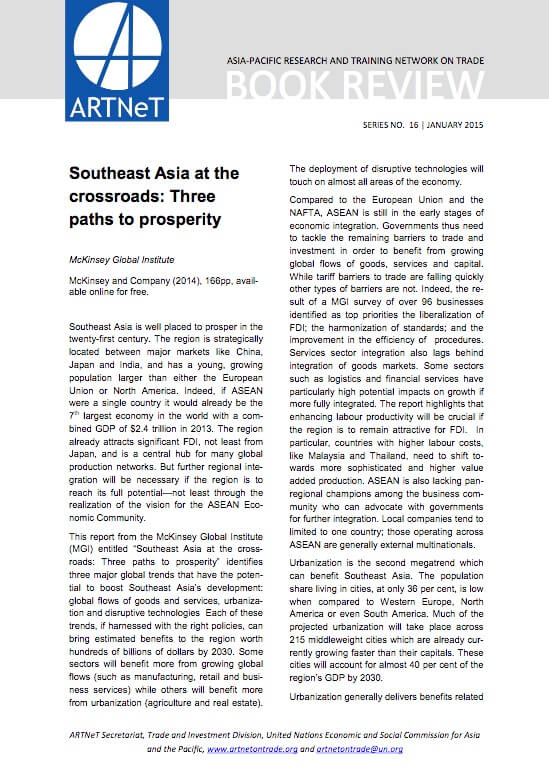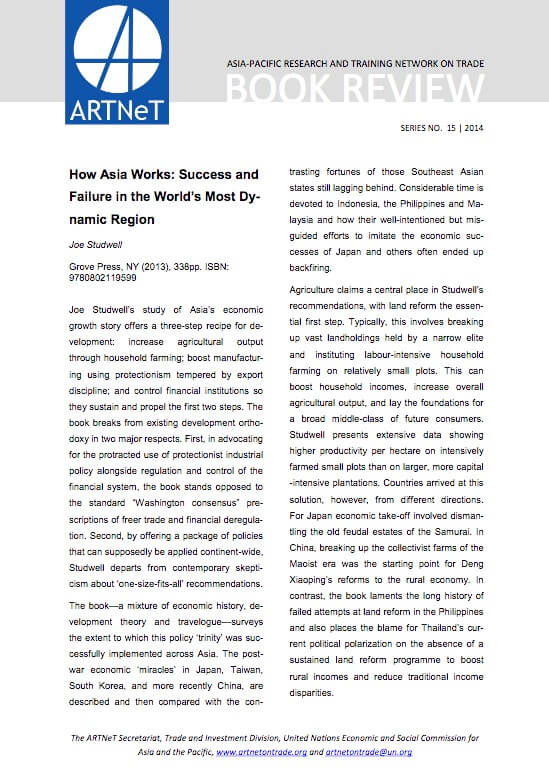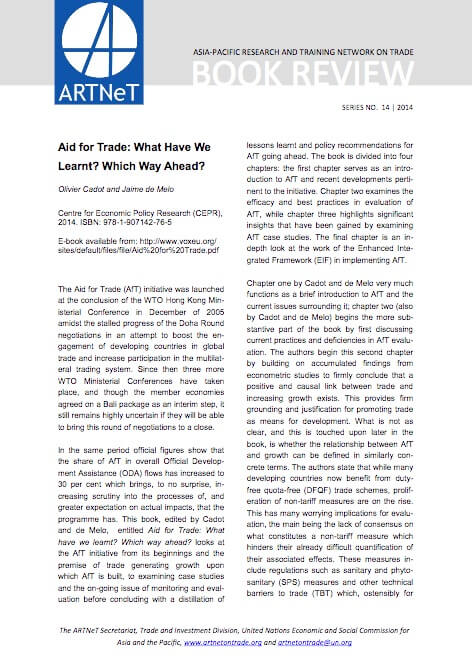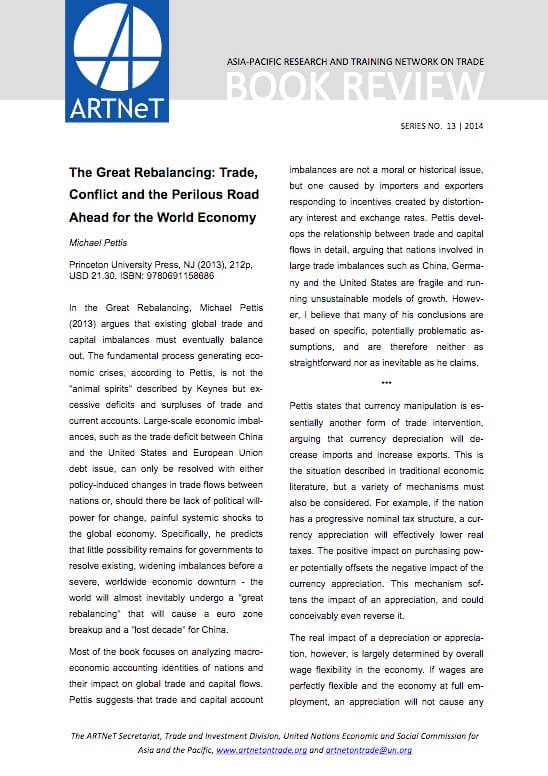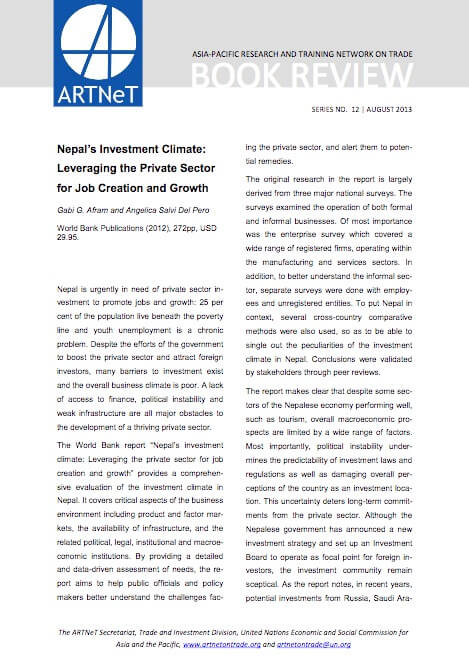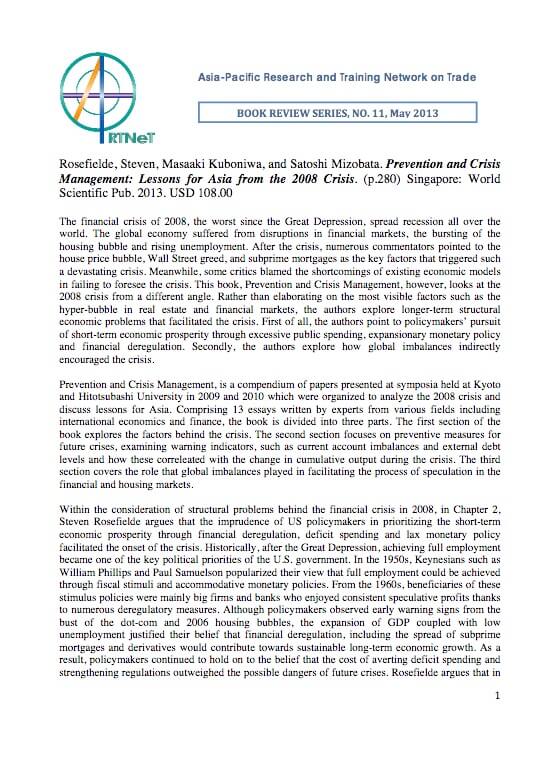The Son Also Rises: Surnames and the History of Social Mobility
What’s so important about social mobility? Why should anyone care? Well, politicians have long been using social mobility as vindication for inequality. America has been striving to overcome inequality, but social mobility rates haven’t changed much over the years according to Greg Clark, the author of The Son Also Rises: Surnames and the History of Social Mobility. Clark, a Professor of Economics at the University of California – Davis, argues that social mobility and inequality are independent of each other.

